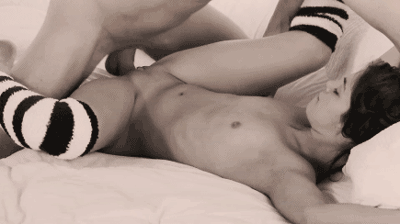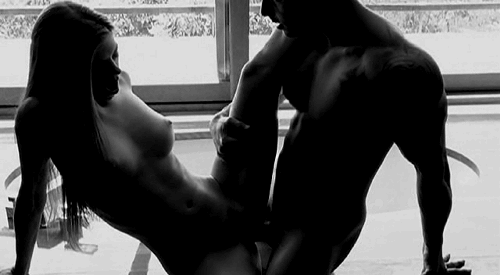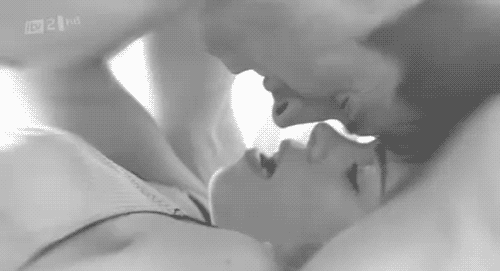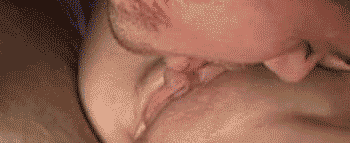The heart is the organ that supplies blood and oxygen to all parts of the body. It is about the size of a clenched fist, weighs about 10.5 ounces and is shaped like a cone. The heart is located in the chest cavity just posterior to the breastbone, between the lungs and superior to the diaphragm. The heart is surrounded by a fluid filled sac called the pericardium. Blood is pumped away from the heart through arteries and returns to the heart through veins. The major artery of the body is the aorta and the major veins of the body are the vena cavae.
Chambers of the Heart
The heart is divided by a partition or septum into two halves. The halves are in turn divided into chambers. The upper two chambers of the heart are called atria and the lower two chambers are called ventricles. The atria receive blood returning to the heart from the body and the ventricles pump blood from the heart to the body. Valves allow blood to flow in one direction between the chambers of the heart.
The Heart Wall
The heart is composed of cardiac muscle which enable the heart to contract and allow the synchronization of the heart beat. The heart wall is divided into three layers: the epicardium, myocardium, and endocardium.
- Epicardium - outer protective layer of the heart.
- Myocardium - muscular middle layer wall of the heart.
- Endocardium - inner layer of the heart that is continuous with the inner lining of blood vessels.
Cardiac Conduction
Cardiac conduction is the rate at which the heart conducts electrical impulses. Cardiac muscle cells contract spontaneously and are coordinated by nodal tissue, specifically the sinoatrial node. There are other factors that influence heart rate as well. These include endocrine hormones, body temperature and exercise.
Cardiac Cycle
The cardiac cycle is the sequence of events that occur when the heart beats. There are two phases of this cycle which are the diastole and systole phases. During the diastole phase, the atria and ventricles are relaxed and blood flows into the atria and ventricles. In the systole phase, the ventricles contract sending blood to the rest of the body.
